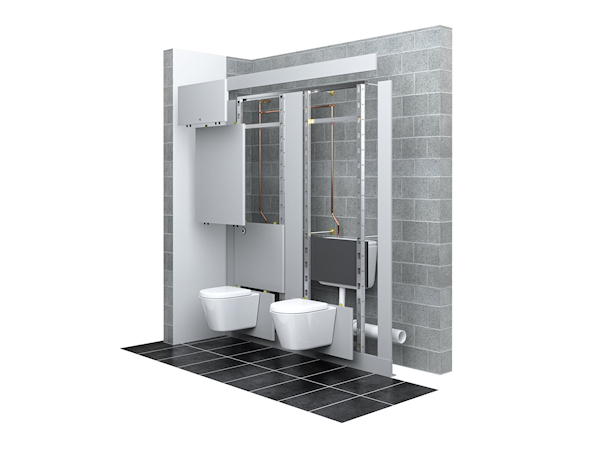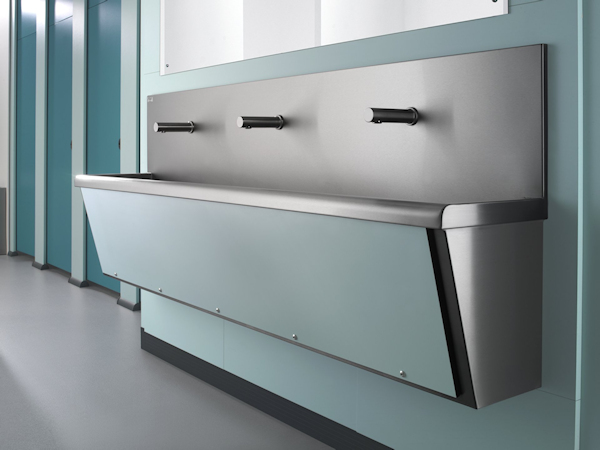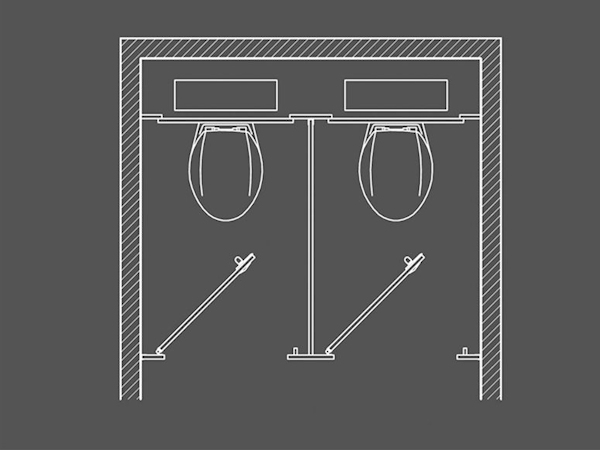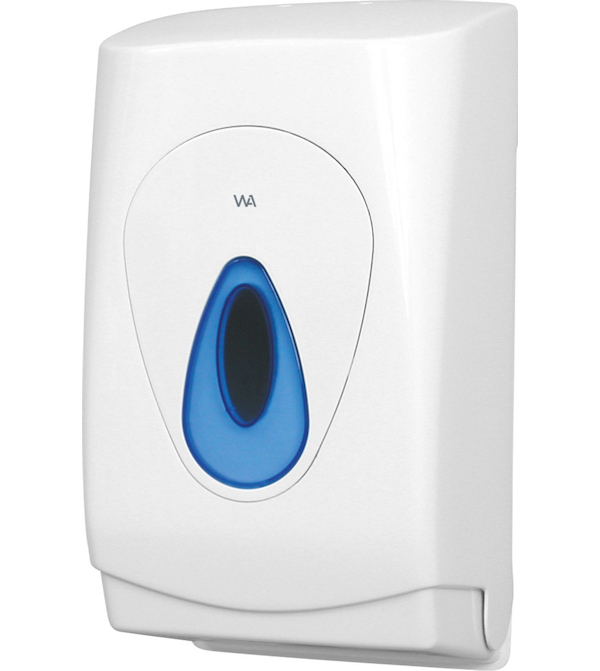College Toilet Refurbishment
Transforming College Toilets: A Guide to Refurbishment
College toilets are a critical component of any higher education institution, but they are often overlooked and underappreciated. Poorly designed and maintained toilets can negatively impact students’ health, well-being, and academic performance. On the other hand, well-designed, safe, hygienic toilets can contribute to a positive learning environment and improve the student experience. In this guide, we’ll explore the key factors to consider when refurbishing college toilets.


Toilet Refurbishment – The Benefits
There is a multitude of beneficial outcomes when refurbishing college toilets. A well-designed toilet block can promote a sense of safety, comfort, and dignity for students. It can also contribute to a healthier and more hygienic environment by incorporating touchless fixtures, proper ventilation, and easy-to-clean surfaces. Moreover, an attractive and functional toilet can enhance the overall appearance of a college and improve both parents and the community’s perception of the institution.
How to Choose the Right Materials
By their very nature, college toilets get a lot of wear and tear, so choosing suitable materials and products is crucial to the project’s success. The materials should be durable, easy to clean, and appropriate for the use and age of the toilet. For example, high-traffic areas may require more durable materials like stainless steel. At the same time, more decorative options like tile or natural stone may be appropriate for lower-traffic areas. It’s also important to consider the sustainability of the materials and their impact on the environment. We put together an article here on the available materials based on traffic flow and the durability required.
Designing College Toilets to Enhance Safety and Hygiene
When designing the toilet area, it’s critical to consider the safety and hygiene of the room. The design should incorporate adequate ventilation, touchless fixtures, and easy-to-clean surfaces. It’s also essential to consider the placement of urinals and toilet cubicles to prevent overcrowding and congestion and to ensure privacy and accessibility for all users. The design should also comply with local codes and regulations regarding accessibility and safety, including those set by government bodies like the Health and Safety Executive and the Equality and Human Rights Commission.
British Standard 6465-1: 2006+A12009 recommends that toilets in educational buildings have a minimum of one toilet cubicle and one washbasin for every 10 pupils, or part thereof, of each sex. The standard also outlines requirements for the dimensions and layout of toilets and the materials and fixtures that should be used.


Maintenance and Cleaning of College Toilets
Proper maintenance and cleaning of college toilets are essential to ensure their longevity and hygiene. This may include:
- Regular cleaning schedules
- The use of appropriate cleaning products
- Periodic inspections to identify and address maintenance issues
It’s also important to train staff and students on proper hygiene practices and to encourage them to report any maintenance or hygiene issues.
Common Mistakes to Avoid When Refurbishing College Toilets
There are several common mistakes to avoid when refurbishing college toilet blocks. These include:
- poor planning
- inadequate ventilation
- lack of privacy
- inappropriate fixtures
- poor lighting
- inaccessible design
- inadequate hygiene measures
You can learn more about education washroom design here.


Several pieces of legislation and building regulations are relevant to college toilet installation and refurbishment in England. These include:
- The Building Regulations 2010 – Part M: Access to and use of buildings – This part of the Building Regulations sets out requirements for the accessibility of buildings, including toilet facilities, for people with disabilities.
- The Health and Safety at Work Act 1974 – This act sets out general duties for employers to ensure the health and safety of their employees and the safety of others who may be affected by their work activities.
- The Workplace (Health, Safety and Welfare) Regulations 1992 – These regulations set out specific requirements for workplace facilities, including toilets, to ensure they are safe, clean, and well-maintained.
- British Standard 6465-1: 2006+A1: 2009 – This standard provides guidance on the design and provision of sanitary facilities, including toilets, in non-domestic buildings such as educational buildings.
- The Equality Act 2010 – This act sets out requirements for accessibility and non-discrimination for people with disabilities, including the provision of accessible toilets.
Images provided with kind permission from Bushboard Washrooms.
When planning a college toilet refurbishment or new installation, it’s essential to consult a qualified contractor or architect familiar with these regulations and standards to ensure compliance and a safe, accessible, and hygienic toilet facility.
Interested in carrying out a College Toilet Refurbishment in your facility? If you have a project you’d like to discuss with us, feel free to get in touch, we’d love to help.
Call us on 01902 595 145 for more information.
